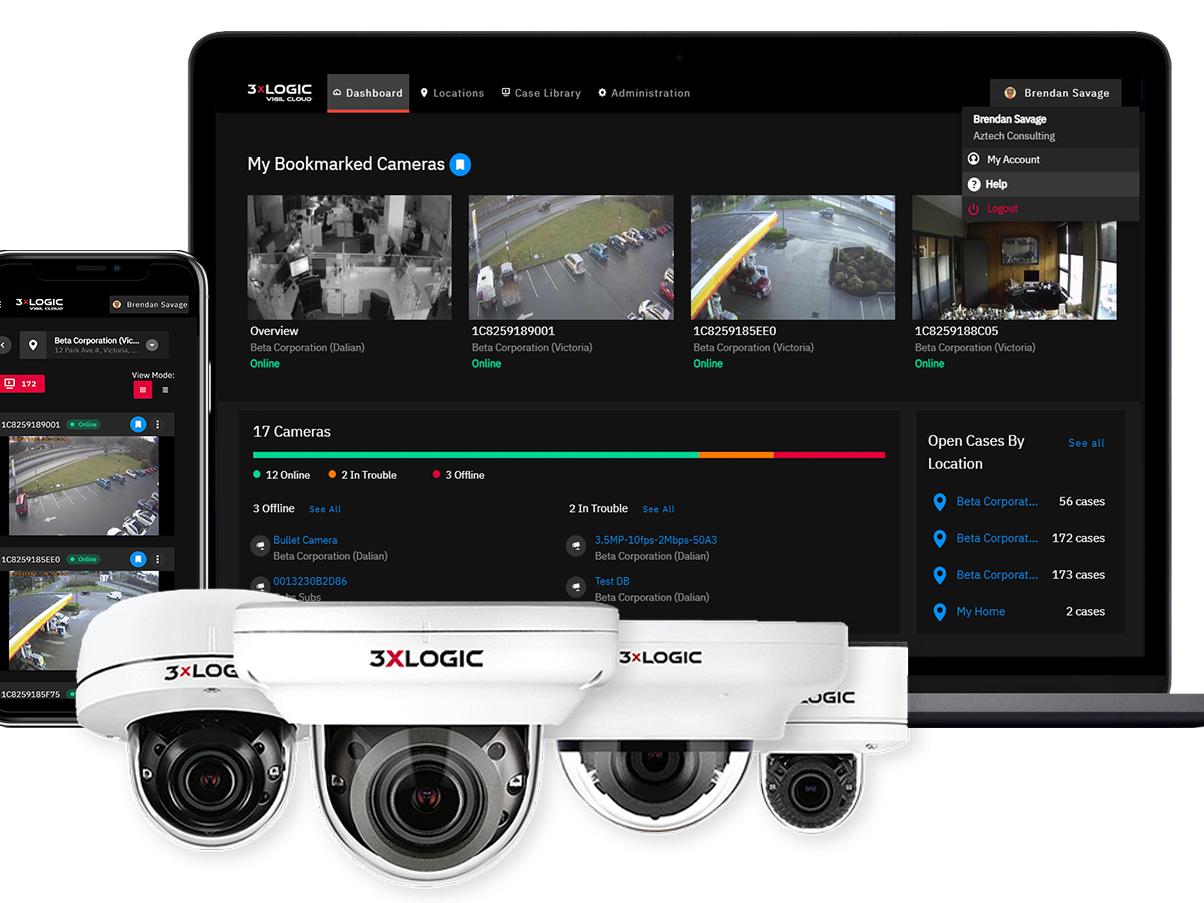
Brian Sims
Editor

Brian Sims
Editor
HISTORICALLY, IT was common practice for electronic security technologies to operate in silos such that they were effectively working entirely separately from one another. That was the case for a long time because the technology wasn’t significantly advanced to allow integration. However, as Richard Joslin explains, the situation has now changed with the introduction of IP and end users are beginning to see real benefits from integrating their systems.

Keeping security systems such as video surveillance, access control or intrusion detection separate meant that end users were not leveraging the additional capabilities of the technology and certainly not deriving the maximum value from their investment.
At the same time, adopting this ‘silo-style mentality created a problem in which end users were not seeing the whole picture behind an incident or an event. Was the alarm activation genuine or a false alarm? Did the episode merit a physical intervention or not?
The advent of IP-focused technology has made system integration simple and precisely addresses this problem. It’s why smart security managers are now integrating their security technologies around video surveillance, as this allows them to view the actual events (or incidents) that a system triggers, whether prompted by an intruder alarm device, for example, or by using technologies on board the camera (motion detection among them).
This makes the verification of an alarm simple and confirms if the trigger is really an actionable event or a false activation, or simply an event that doesn’t require any form of response.
More extensive insight
Using video to verify the ‘why’ and provide the ‘what’ affords greater insight beyond notification of an event itself. Access control systems can establish when and where people enter a building, for example, but integrating this with video allows building managers to understand why they are doing so – whether to access a particular building resource, for example, or undertake a specific activity.
In a retail environment, integrating video with other security systems allows retail managers to spot buying patterns, locate ‘hot spots’ on a shop floor or identify any impediments to shoppers freely navigating the aisles.
End users can even ‘train’ their video-based systems to ignore events that would otherwise trigger an alarm, such as an employee entering a specific area for legitimate reasons or people congregating in areas of a building or external spaces at specific times of day.
Conversely, these same video systems can be set to create an alert if they spot someone in the same area outside working hours when the same activity that went unheeded earlier in the day would now qualify as suspicious.
Gaining greater value
Of course, the ability to verify events remotely has gained greater value during the pandemic. For building and security managers, one lesson learned from the COVID-19 lockdowns is that accessibility to one’s own office may not always be possible, which can make it difficult to manage a building’s security without the proper tools and systems being in place.
The pandemic exposed areas of weakness in security policies, procedures and systems. That exposure is now forcing organisations to look at their security systems with fresh eyes.
In doing so, they’re turning to video to not only integrate previously siloed systems, but also provide a valuable means of verifying events by dint of giving users sight of their buildings or estates when physical access is impossible or otherwise significantly limited. Used in this way, video provides a more resilient and safer means of maintaining business continuity.
Richard Joslin is Senior Director of Global Sales at 3xLOGIC
*Thursday 28 October sees Security Matters host another instalment of its popular webinar series. Beginning at 10.30 am, representatives from video technology expert 3xLOGIC will explain in great detail how video is being used to maximise efficiency, minimise risk and open up a range of new possibilities for end users and security installers/integrators. Register now to view the webinar and receive Continuing Professional Development points
Dorset House
64 High Street
East Grinstead
RH19 3DE
UNITED KINGDOM
01342 31 4300